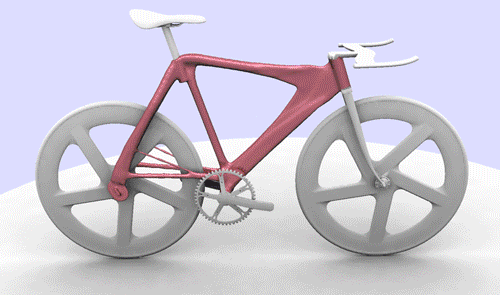
Practical Uses for Procedural Generation
When we talk procedural generation, there’s a lot of focus on games and visual effects, because those are shiny. But the utility of procedural generation doesn’t stop there.
Procedural generation can be used for engineering, fashion, furniture, and science.
Consider Autodesk’s Dreamcatcher, a tool for generative design. The designer specifies the constraints for the object being designed, and the computer iteratively explores solutions that fit, through an evolutionary algorithm or a feedback loop. (Some of the tech has been incorporated into other Autodesk products, such as Inventor. And it’s not just Audodesk: other design software like, solidThinking Inspire, are incorporating similar tools.)
Generative design has been used for shoes, plane parts,
furniture, and a whole host of other things.

The near future is going to have a lot more objects that look like this teapot or this chair, using new design tools that react to feedback that we can’t see but that holds our world together.
Since any iterative generator that can use feedback to refine its design can be theoretically used for similar purposes, there’s a whole host of potential generators that can be applied to design problems.
